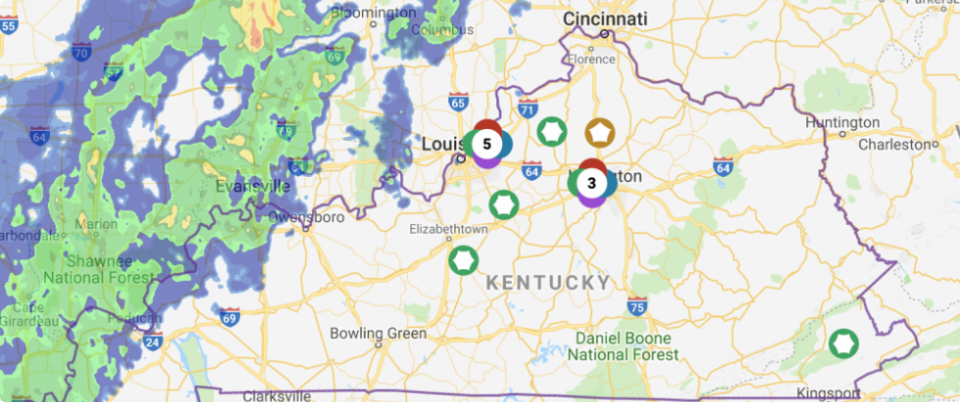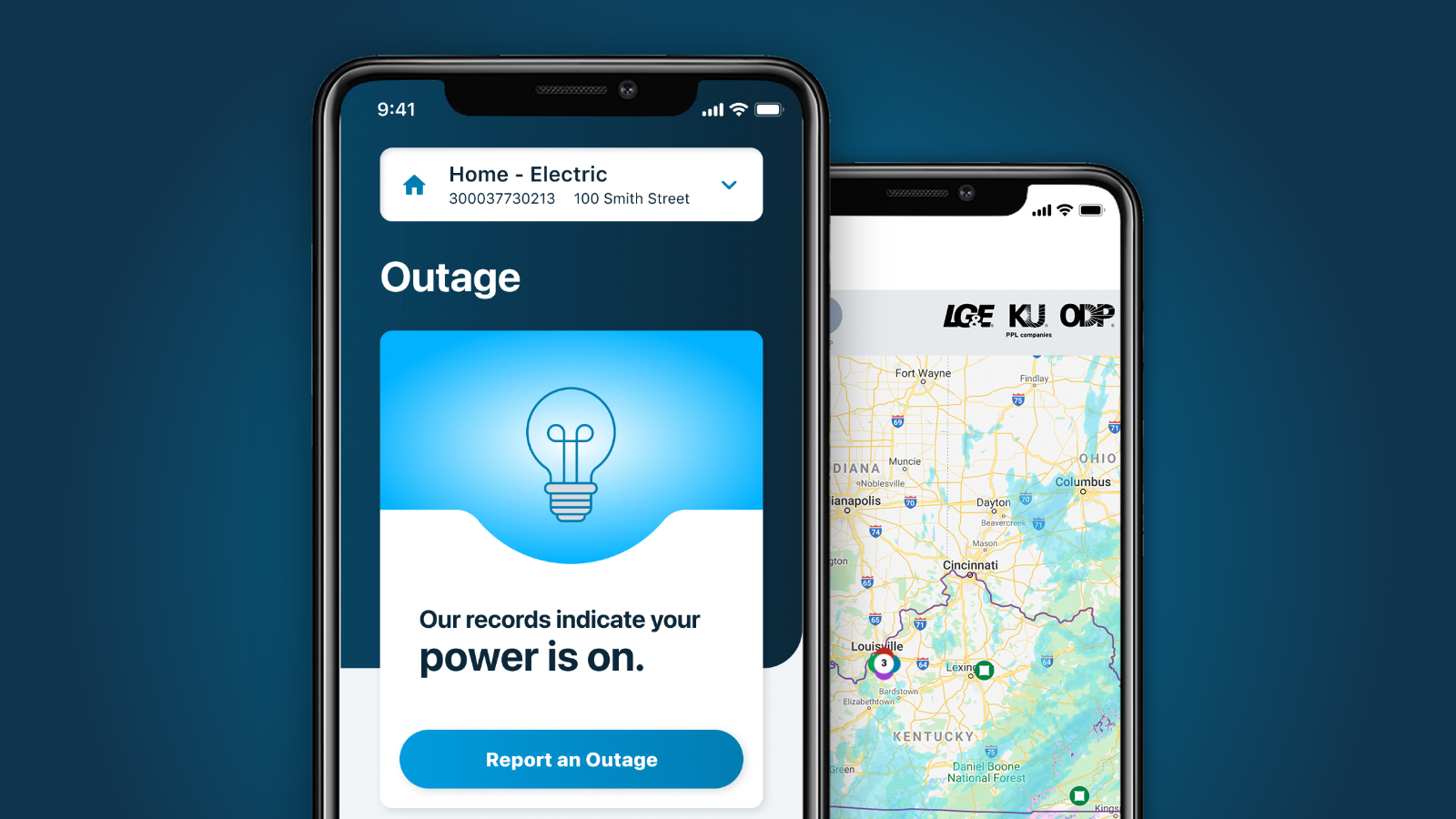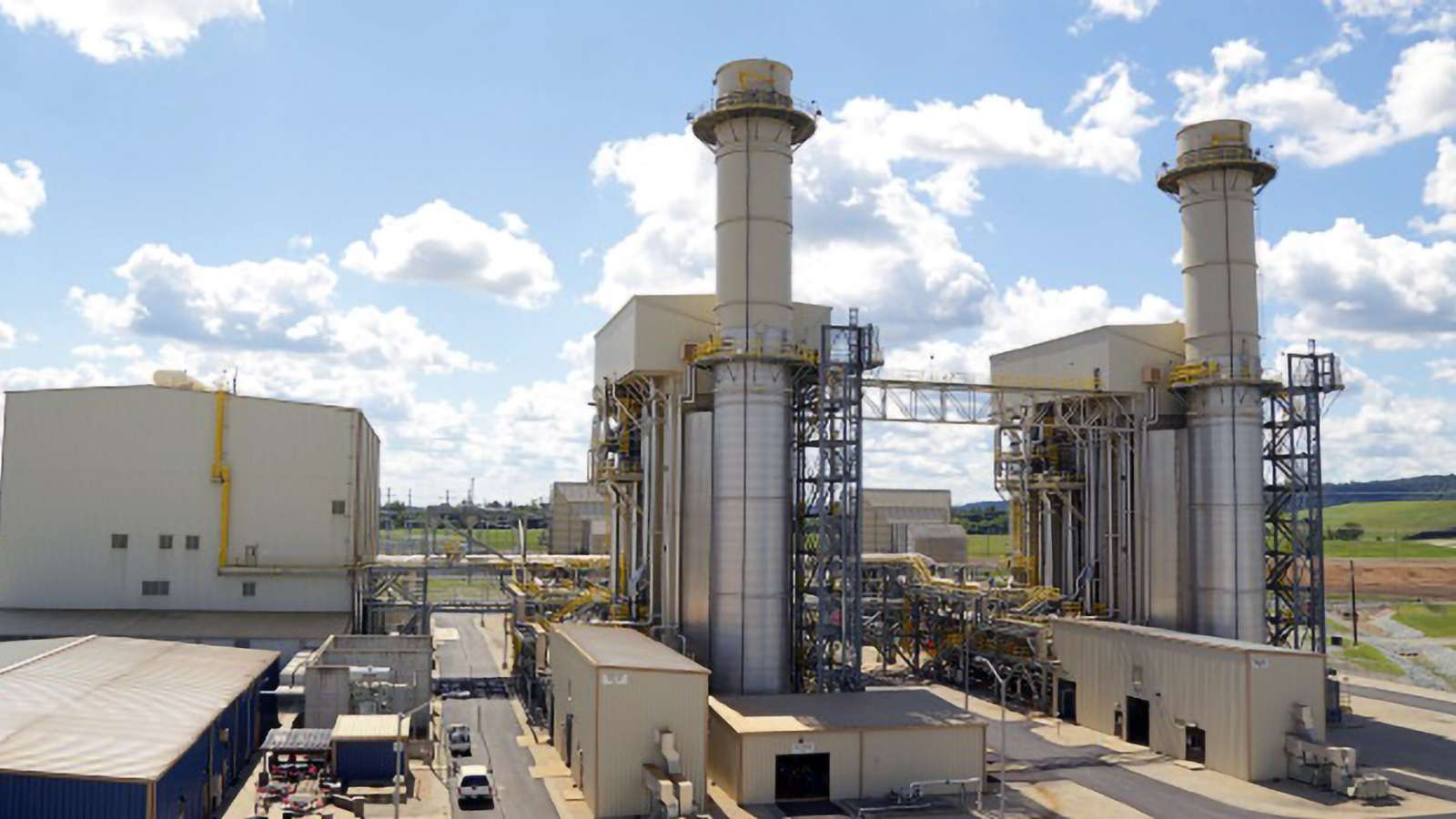Carbon dioxide, CO2, is a gas we learn about at an early age, starting in primary school, to understand we breathe in oxygen and exhale CO2 in the process, and that it’s needed for plants and trees to grow. Too much of it in the atmosphere has been attributed to creating the greenhouse effect that traps heat and warms the Earth’s surface over time.
Researchers around the world are attempting to tackle this challenge: How do we reduce CO2 in the atmosphere? That research is also taking place right here. Kentucky’s a leader in carbon-capture technology research.
In fact, the commonwealth is home to leading, cutting-edge research attempting to not only capture C02 but to also use it, in turn, to gain operational efficiencies in the manufacturing and electric generating processes.
The University of Kentucky, in partnership with LG&E and KU, recently announced several new research projects. They build on more than 30 years of partnership and more than 15 years of collaborative carbon research, dating back to when the utilities became an initial investor in the university’s carbon-capture technology research program.
“That initial investment — those first dollars in — were absolutely critical to building this research program,” said UK Associate Professor Kunlei Liu, Ph.D.

In this video, Aron Patrick and University of Kentucky Associate Professor Kunlei Liu, Ph.D., discuss cutting-edge carbon-capture research projects taking place right here in Kentucky.
“We’ve already installed environmental controls over the past several decades at our generating stations that have improved air quality and reduced emissions,” said Aron Patrick, manager, Technology Research and Analysis. ”Our next engineering challenge is looking at how we get rid of carbon dioxide. With our parent company, PPL Corporation, we’ve set a goal of having net-zero emissions by 2050, and an 80% reduction in our greenhouse gas emissions by 2040. It’s a pretty big challenge.”
Research propelling the development of carbon-capture technology will be key.
One essential research project will study capturing CO2 emissions at natural gas combined-cycle power plants. The research would be put to the test at Cane Run Generating Station ― making it Kentucky’s largest and one of the only in the world at a facility of this kind. The research project has already received some federal grant funding, and more applications for federal assistance are in development.
“We plan to partner with local businesses that require carbon dioxide for their processes,” said Patrick. “Often, local businesses need to truck in carbon dioxide from out of state, but we’re going to be providing it to them directly from Cane Run.”
A second project involving LG&E and KU and being led by UK is a bench-scale, direct-air-capture system, in partnership with Electric Power Research Institute (EPRI) and its Low Carbon Research Institute, that captures carbon directly out of the air and produces hydrogen. EPRI is a consortium of electric utilities from the United States and countries around the world.
The utilities and UK, with EPRI and the U.S. Department of Energy (DOE), first led in 2014 a pilot-scale carbon-capture research facility hosted at E.W. Brown Generating Station. The joint research led to lowered capture costs by 40% and numerous patents and academic publications. That technology will now be leveraged by UK at Nucor Steel Gallatin where it will be used to research carbon-reduction capabilities in industrial processes.
“These projects are bringing economic activity to Kentucky,” said Patrick. “We’re bringing in federal research dollars and, often, global research dollars, right here to our area to build cutting-edge technologies that haven’t been developed anywhere else.”
“The ability to test our technology at an operating power plant is critical to the development of new knowledge,” said Heather Nikolic, research program manager for UK. “You can learn a lot in a traditional laboratory setting, but such learning has its limitations. If you want to determine how something is going to work in a real-life situation, you have to operate in a real-life situation. And I can’t thank our partners at LG&E and KU enough for allowing us to work and learn alongside them. It has been a rewarding partnership.”


